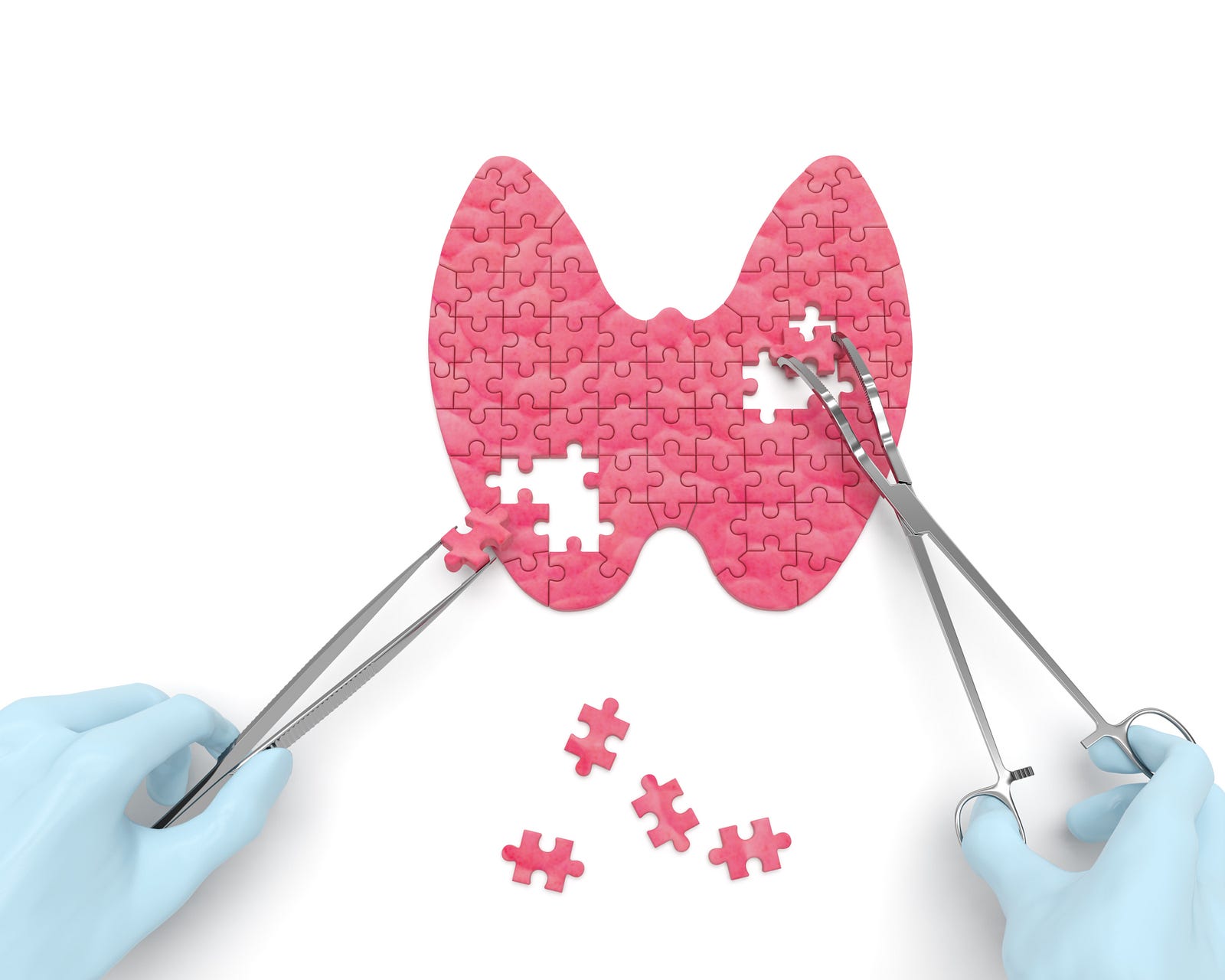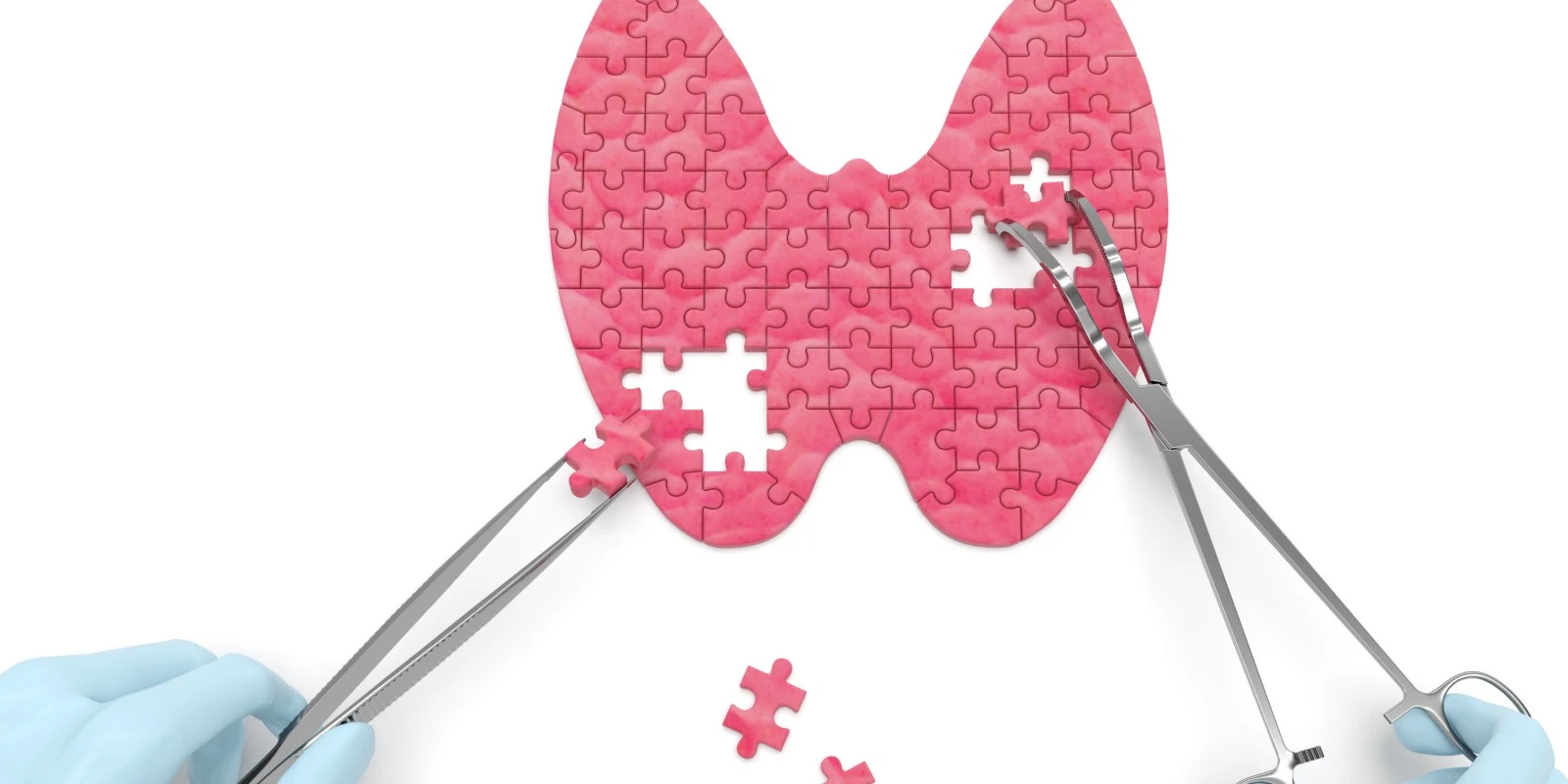
While trying to survive surgical residency, I didn’t dwell much on such folklore residency phrases as: “eat when you can, sleep when you can, and don’t f…(rhymes with suck) with the pancreas.” The one phrase that always struck fear in me was the iconic “see one, do one, teach one.” I believed it during my training days because I would have believed anything my chief resident said. Did my residency experiences verify this prophetic message? Not even close.
As an imperfect practicing general surgeon for twenty-five years, I have grown to appreciate a more personal meaning of the aforementioned phrase. Over the years, self-reflection on the inadvertent collateral damage I have caused by intrusive tests, biopsies, and operations has opened my eyes to a new truth. Instead of see one, do one, teach one, I believe every surgeon should have one.
My mind began to be receptive to this new truth after I serendipitously found myself in the fluoroscopy suite, face to back with a patient of mine in the throes of a barium enema. Needless to say, the raw auditory explosiveness of what I witnessed was traumatizing, etching in my brain. I left the suite, shaking my head, wondering if I would ever have the courage to put any patient thru that again. After this cleansing experience, I started to believe every surgeon should go thru an intrusive test or procedure to viscerally experience firsthand the consequences of his or her decision.
My personal “have one” experience actually turned into a “have two.” I had to be greedy. The first was a fine needle aspiration biopsy of a newly discovered right thyroid nodule. I then begrudgingly followed this up with a neck exploration under general anesthesia for primary hyperparathyroidism. As the surgical gods would have it, these are two procedures I perform on my own patients every month. In the wake of full disclosure, I did not volunteer for this mission in order to validate my “have one” philosophy. I am not that crazy.
Like a typical middle-aged surgeon fending off morality and flirting with self-denial, I started doing my own blood work after turning 50. Who had time to make an appointment to see a primary care physician? My calcium level was mildly elevated. I felt fine. I ignored the abnormal calcium level, revisiting it a year later. Yes, still mildly elevated. I continued to ignore it for two more years. However, this time I added a parathyroid hormone level to appease the surgeon in me. Of course, my parathyroid hormone level was elevated. Coincidently, I started to experience some right hip pain while running. A few self-ordered plain films later, I came to the realization I needed a bone density test. It was abnormal, showing evidence of osteopenia. Unfortunately, I knew all too well what was in my future.
It did not take long for me to find the right surgeon for the job. I knew about his operating room expertise beyond the diplomas on the walls. I made the appointment myself. My visit with the endocrine surgeon was comprehensive and expensive. It included a thyroid ultrasound in his office and biopsy of a newly discovered nodule. I wasn’t prepared for this but it had to be done before he explored my neck. The procedure itself was not bad. Sure, I felt a little claustrophobic with my neck bent back, while his hand sawed a needle in and out of my nodule. It felt weird but not painful. I left his office thinking, “not sure what Mrs. Jura was screaming about when I did her thyroid biopsy last week. This wasn’t that bad.” My biopsy turned out to be benign.
Next up was a parathyroid scan. When I showed up for the scan, I began to experience an uneasy feeling in the pit of my stomach. After lying in the scanner for several minutes, with my head and neck enclosed in darkness, the feeling in my stomach turned into full blown claustrophobia. I was only 10 minutes into the scan and had to give it up. As a patient, my worst fear reared its ugly head. I bolted out of that machine, leaving the tech shocked and speechless.
With the shortened scan hinting at an enlarged parathyroid gland in my left neck, the next step was a trip to the operating room. Of course I had to arrive at the hospital before the sun came up and without the flow of hot coffee in my veins. The preoperative processing took a while. Now I know how cattle feel on their way to slaughter. My only words to the anesthesiologist were, “I don’t want to remember a thing.”
Of course the surgery was not straight forward giving credence to another surgical prophecy. “When operating on a healthcare professional or their family member, expect complications.” I did not have one simple enlarged parathyroid gland sitting there with a smile, waiting to be plucked. I had three gland hyperplasia, which according to the surgical textbooks, necessitated a subtotal parathyroidectomy. The operation was long and the surgeon had a difficult time finding all four glands. Two were in aberrant locations and my chronically inflamed thyroid gland made his job much more difficult. He had to remove three and a half glands, leaving me with one half of a normal gland left. The only memory I have of the recovery room was leaning over, dry heaving in an emesis basis for about 20 minutes. I did spend one night in the hospital, which was one night to many. I vividly remember being woken up at 4am by a smiling resident to see how I was doing. Needless to say, by 7am, I was dressed, standing at the nurse’s station, asking my nurse to page the surgeon because I am leaving.
What happened next was a postoperative event, that to this day, I will never forget. Like clockwork, on postoperative day three I experienced profound hypocalcemia. Despite being on calcium supplements, my calcium dropped to the low 7’s and my brain revolted. I now know first-hand what the CNS effects of profound hypocalcemia feel like. To summarize, I had a full blown panic attack requiring several visits to the emergency room, sucking up intravenous calcium. I thank god for my wife (and my surgeon) who helped me through this “teaching” experience.
In the end, things did stabilize. I still need to take calcium supplements to keep my calcium level in the normal range. Ten to fifteen percent of patients undergoing a subtotal parathyroidectomy for hyperplasia experience permanent hypoparathyroidism. I am a member of the ten to fifteen percent club. Despite it all, my “have one” experience has given me a unique appreciation for any patient I decide to commit to a scalpel blade.
Paul Ruggieri, MD is a general surgeon and a 2018–2019 Doximity Author. He is also the author of “Confessions of a Surgeon: The Good, the Bad, and the Complicated. Life Behind the O.R. Doors.”







